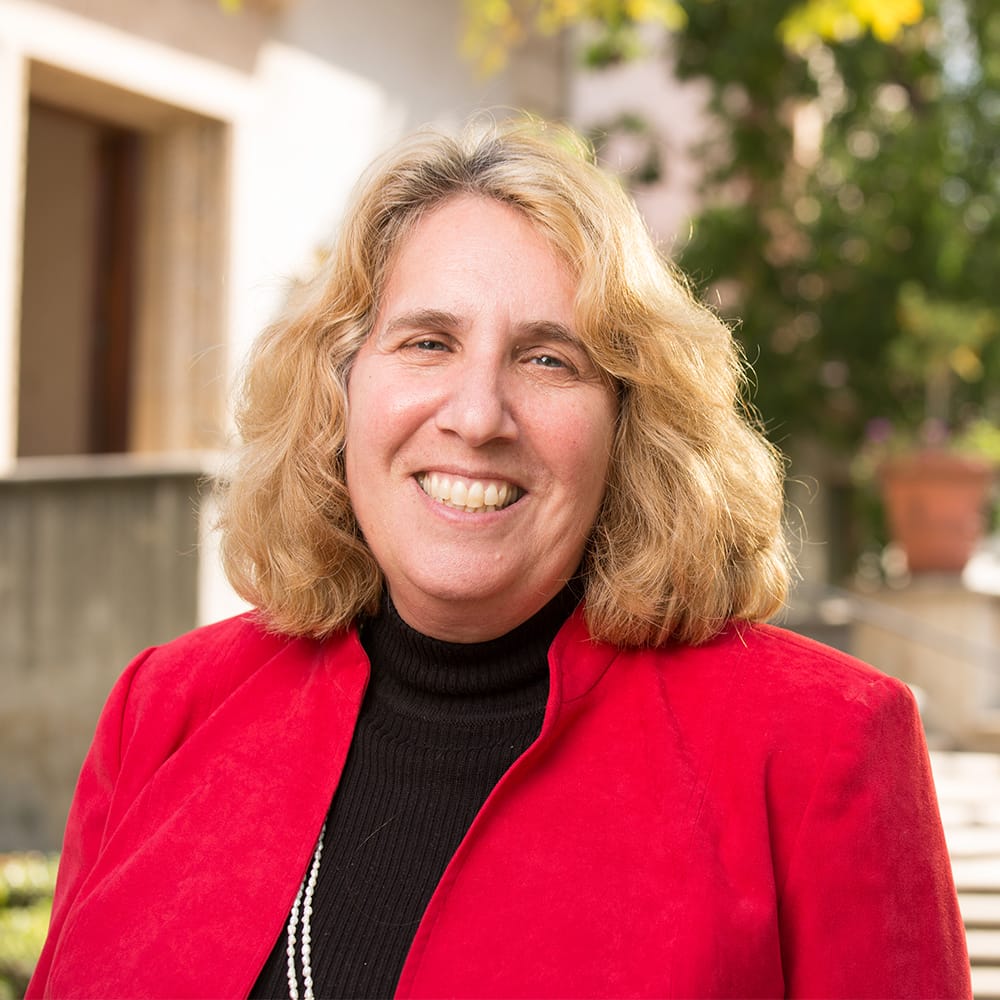
In this modern international world, it is easy to characterize the many issues we face with trite contrasts: traditional versus contemporary, east meet west, light and dark, technology within the human. Yet Yi Kai’s art embraces and celebrates these many conflicts in a way that is vibrant, relevant, and simultaneously beautiful.
Much like the man himself, Yi Kai’s work explores what it means to be human today; thrilled by the options that technology puts at our fingertips while acutely aware of what this means for traditional civility. Of course, this is no surprise to those of lucky enough to call him “friend” as he is intelligent, caring, worldly, fun and always ready to learn and try something new with an upbeat approach.
Dr. Tammi J Schneider
Dean of Arts & Humanities, Claremont Graduate University CA
2015
艺倡画廊很荣幸能接力易凯先生的巡展-因果相随。该展到我画廊之前,首发于美国加州的克莱蒙特研究生大学,然后巡经广州的53美术馆。
记得初见易凯的画时,我瞬间就被他艺术中的符号和色彩与线条的律动所吸引。1993年,艺倡画廊在一个群展上第一次将易凯介绍给香港。然后就到1998,2000年为他举办个展。
经过多年的实践和探索,这最新的一组作品征明了易凯大胆的画风以及他对有文化底蕴艺术创作的热爱……对我来说,风景之间,人物之间还有想法之间的模糊性最能表达艺术家对人彼此之间的互动和围绕他们的各种途径的审视。 就之前的三个展览的成功经验而言,再次承办他作品的巡展对我们来说是一件乐事。
(写于易凯个人三地巡展画册)
金董建平
香港艺术家、收藏家,香港艺倡画廊董事长
2015

The works Yi Kai has made since he moved to the United States fall into five groups, with a long gap of time between the third and fourth. Tibetan subjects preoccupied Yi Kai’s first three years in America. Many Americans were fascinated by the intimacy he brought to an otherwise exotic topic. But it’s also easy to imagine that Yi Kai identified with the people he portrayed, felling like an outsider-an outlier in a strange land. From 1995-1998, Yi Kai combined Chinese symbols and American symbols in works that mixed East and West in a cultural stew. Chinese symbols disappeared from his third body of work, which conveyed his conviction that the United States was the best place to mix old and new- not only East and West, but also truth and beauty, love and justice, pleasure and knowledge. All that changed from Yi Kai (and many others) in 2001, when terrorists attacked the Twin Towers in New York City and Pentagon in Washington D.C. After 9/1, Yi Kai found it very difficult to make art. In the studio he struggled, destroying most of what he made for nearly a decade.
In 2011 his struggles began to be more productive. For the rest of that year and next one he painted pictures that were critical of consumerism and superficiality of instantaneous gratification.
In 2013, Yi Kai’s art turned a comer. Wiser and deeper, more complex and unanced, his fifth body of work is a comprehensive meditation on the good and the bad and the way those life-defining attributes intermingle in the present. That’s what we see in WHAT GOES AROUND GOES AROUND a kind of lively motion or restless movement that does not close itself off with quick answers or easy resolutions but embraces, simultaneously, confusion and clarity, chaos and harmony, happiness and tragedy. In all of Yi Kai’s potent paintings, the journey is more important than destination because that, too, is a point of departure for another journey – a rest stop on an ongoing process of discovery.
David Pagel
Senior Art Critic, Los Angeles Times
2015

The United States gained a powerful observer of society with the arrival of artist Yi Kai on US soil.
As a master draftsman and painter, his work spans an arc of visual perception from his exquisite ability to draw from life, while the paint into fields of abstraction.
Yi Kai offers a non-verbal language to promote unity, hormony and peace in the world through art, making him the perfect artist to represent National Asian Heritage month here at the LANCASTER MUSEUM OF ART AND HISTORY. Yi Kai’s art is filled with many contradictions in the world and infused with a universal sense of hope and beauty, offering our diverse community a way to connect with something greater than material pursuits and individualist ideologies. Yi Kai is the consummate American, he is an immigrant who sought out a better world and by bringing his world view to the mix of rich histories that make up the diversity of America, he has made our world a better place.
Andi Campognone
Director of Museum of Art and History Lancaster, CA
2014

Having been separated from his Chinese homeland for only 10 years, Yi Kai’s painting show a remarkable achievement in resolving the issues of cultural heritage, Americn values and personal expression that face every immigrant artist.
Yi Kai’s recent works encompass not only a personal quest for artistic identity but, an intriguing synthesis of eastern and western pictorial values that bridge Chinese traditionalism, celebrate America’s cultural uniqueness and optimistically embrace the future.
He summarizes the formal direction his art will take as one of unpredictability due to the constantly changing nature of the universe.
Robert D. Jacobson
Curator of Asian Art, The Minneapolis Institute of Arts
1999

The most ambitious is SYMBOLIC IMPRESSIONS OF AMERICA, an eight-foot-wide oil-on-wood panel shaped like the United States. Internet addresses and Chinese ideograms of earth, sky, and other concepts enrich the painting. A cross and dollar sign flaking a yin-yang symbol signify the need to balance faith and commerce. In this vision of the American Dream. Yi makes room for his cultural roots.
Mary Abbe
ARTNEWS
1999

The paintings of Yi Kai are a brilliant marriage of East and West of these cultures’ experiences and beliefs of their struggles and joys. Yi Kai, the artist, is the personification of this duality. The monumental painting now in the collection of the Minnesota Museum of American Art, MIXTURE FOREVER. (Oil on canvas, 244 X 304 cm) Beginning with a mental image, Yi Kai’s painting is a process, ever changing and always in evolution. Te result is fresh and spontaneous, a co-mingling of cultures pointing toward a new way of thinking and feeling.
Ruth Stevens Appelhof, Ph.D.
Director, Minnesota Museum of American Art
1996

When I first saw Yi Kai’s artwork at the Minneapolis Institute of Arts, I was taken with his interest in combining aspects of Eastern and Western cultures, a technique all of his own. Indeed, cultural exchange is the basis of Yi Kai’s work.
The symbols and Chinese characters, mixed with rich textured colors, are unique to his work. Yi Kai observes that the earth has three parts: humanity, the environment and cultural identities. These three parts must work together in order for the earth to be a more beautiful, harmonious and peaceful place for humanity.
Dolly Fiterman
Director/CEO Dolly Fiterman Fine Art
1996

Yi Kai is esteemed by his American peers as a great talent whose painting bridges the two cultures of China and America. His art is grounded in traditional Chinese techniques and often includes the mystical iconography of the I Ching or refers to the country’s great calligraphic traditions. At the same time, his bold use of gesture and color draws from America’s colorists and abstract expressionists. Yi Kai has a style which sets him apart. He is an artist with exuberance, optimism, and authentic devotion to a poetic vision. He is an artist explorer whose paintings not only bring China and American into a synergy but also give us direction into the next century.
Stewart Turnquist
Curator of the Minneapolis Institute of Arts
1996

Mr. Yi is an accomplished artist whose painting are well recognized among museum professional in China, Taiwan, Japan and the United States. His unique vision of people and their environment, painted both in traditional Chinese materials and techniques as well as western medium of acrylics and oil… His excellent technical control of materials and keen sensibilities will no doubt contribute to the contemporary art world.
Susan Tai
Curator of Asian Art, Santa Barbara Museum of Art
1992
易凯的色彩是绚丽的,是梦幻与现实融洽如水的色彩? 是美梦与恶梦结合一体的色彩?是美妙的童话与辉煌的神话的色彩? 疯癫也许在易凯的画里只是一种萌芽态,但梦幻无疑是强烈的,它强烈地吸引着我。有一幅彩墨画叫《祈祷》,是由耀眼的兰色和强烈的黄色与圣洁的白色混成的…. 有一个穿白衣的人站在房顶上,仰望着天空?天空中是一轮太阳?太阳里一只鸟?你祈求什么?雨露?福祉?爱情?那屋那人那球那鸟都旋转了,巨大的思想之轮隆隆作响…. 梦幻中,岀来了神秘;出来了历史;肉麻点说,出来了美;吹捧点说,出来了易凯的思想,思想的风格,风格的思想。
莫言
中国文学家|诺贝尔文学奖得主
1988
后来居上。
源于自然,胜于自然,新为美。
刘海栗
中国艺术大师
1987


